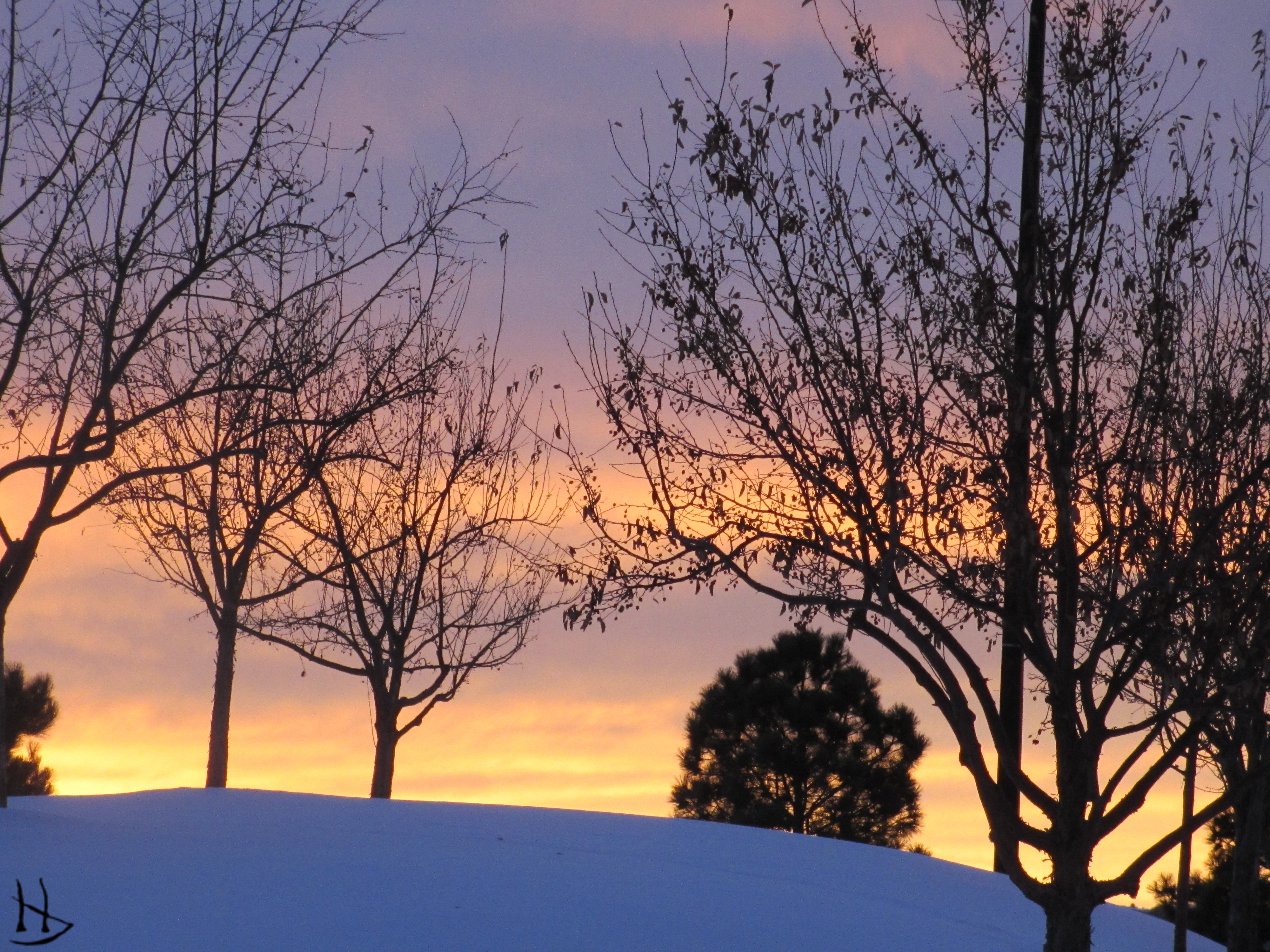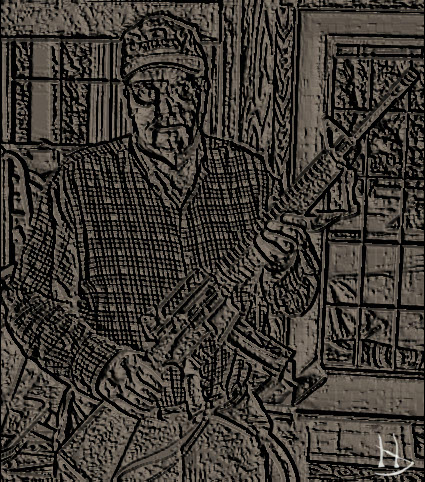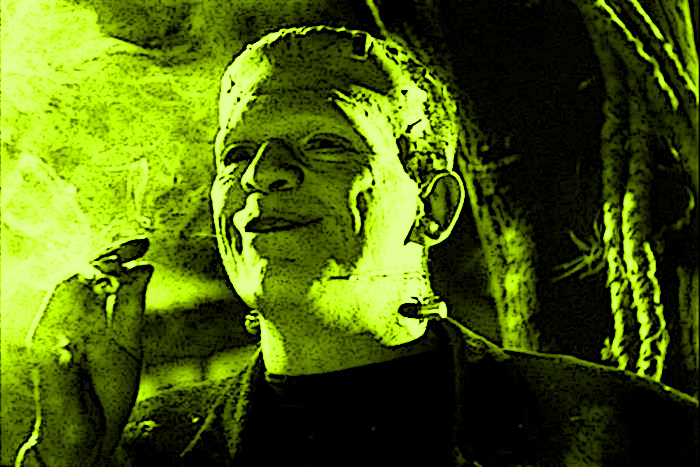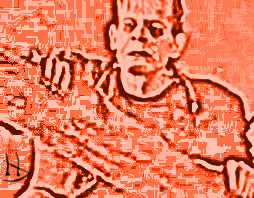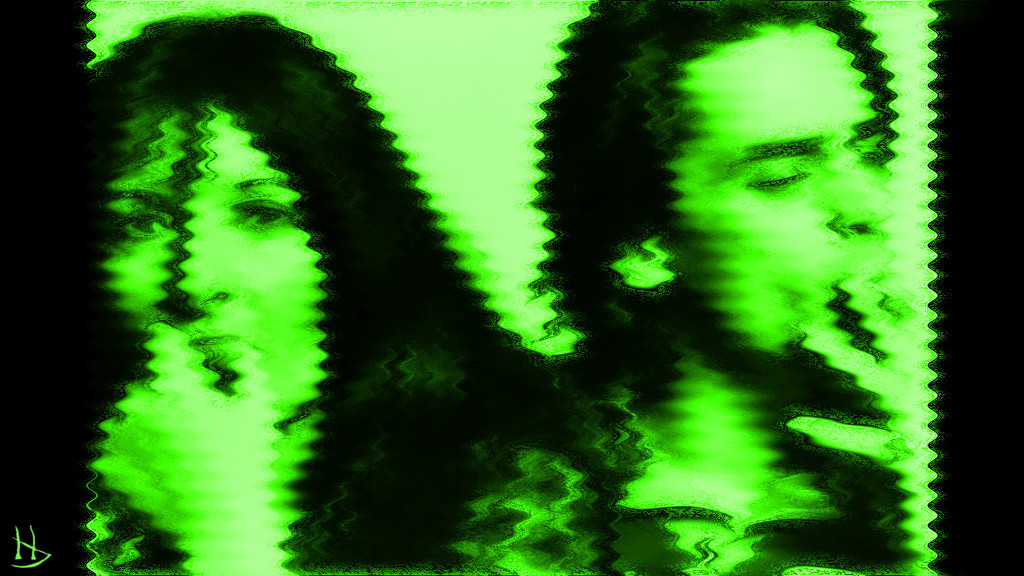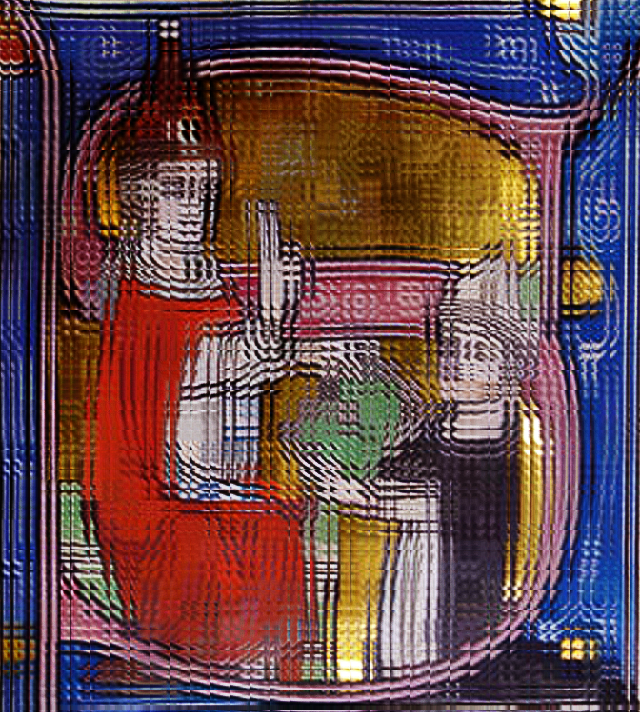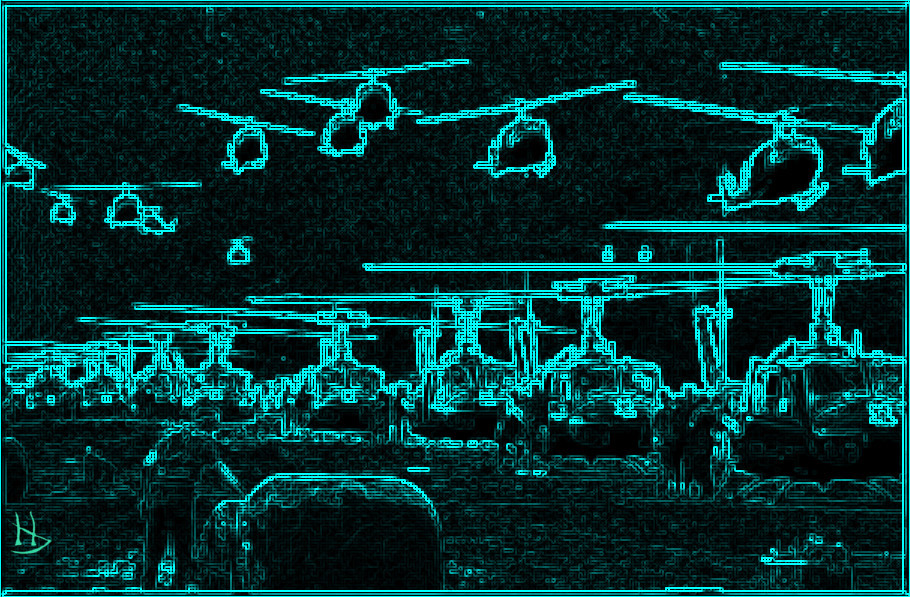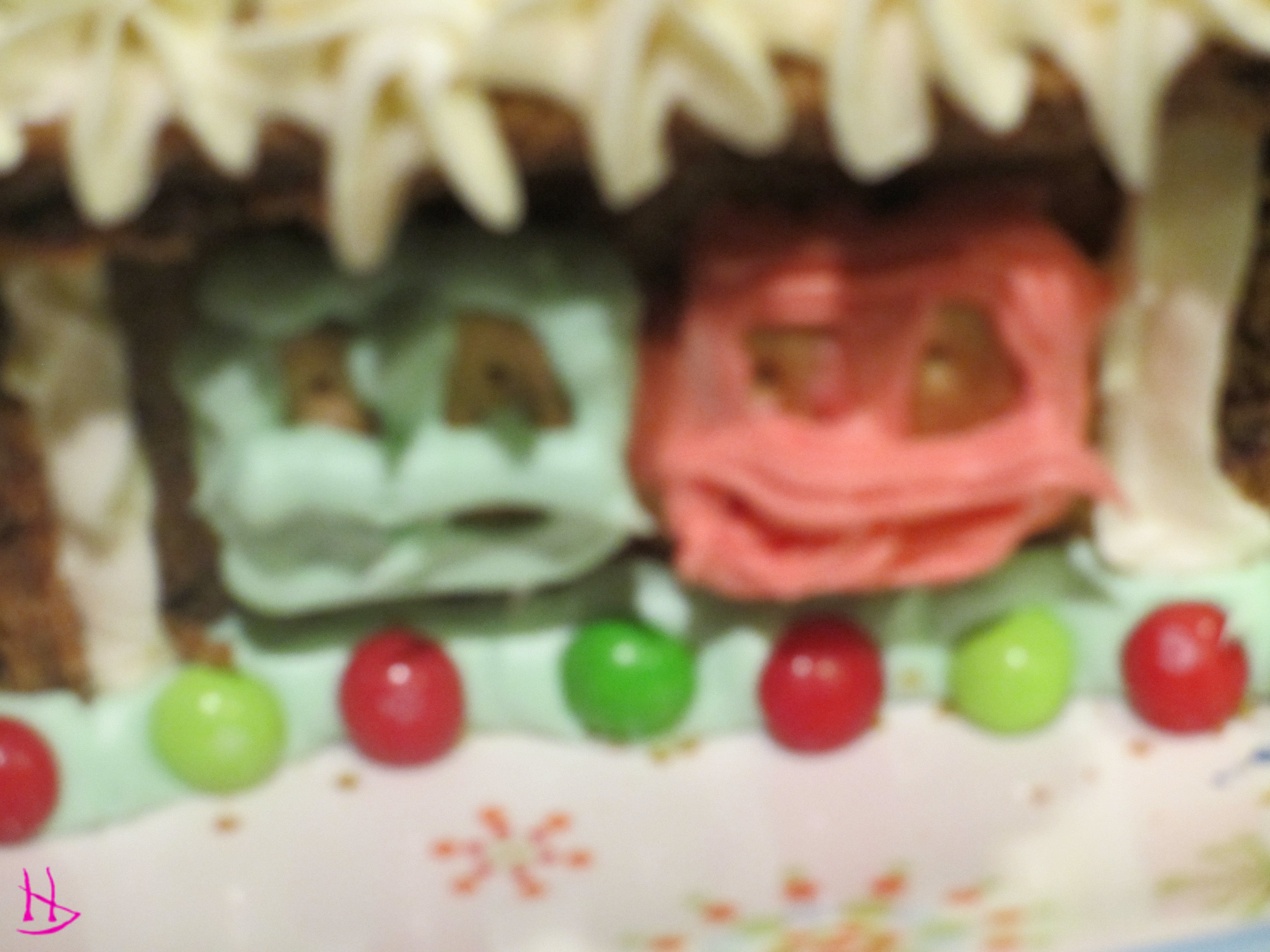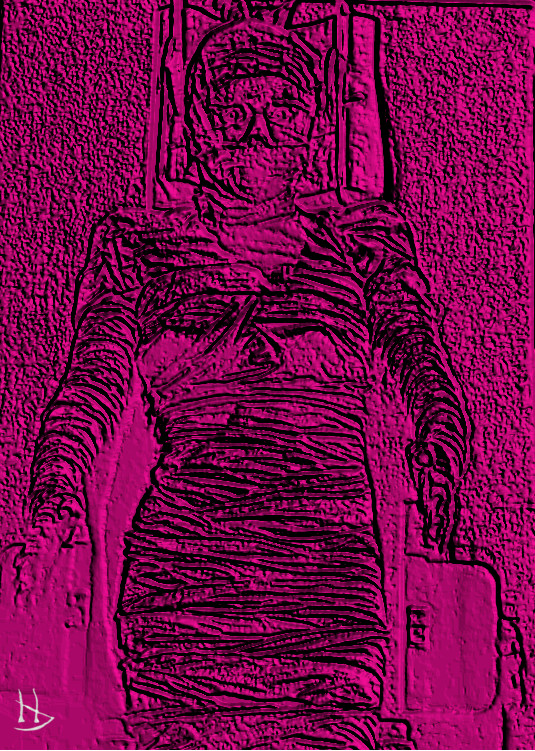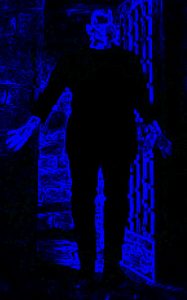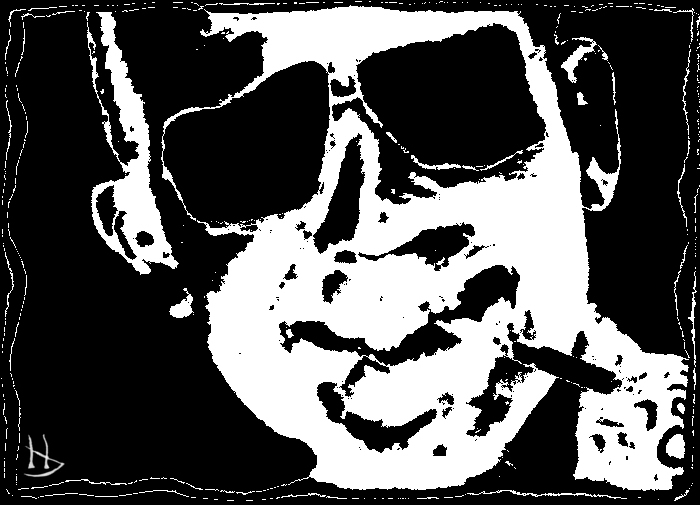Ecce Aeon: The Last Temptation – A Gnostic View
Gnostic Christianity is different than orthodoxy in very critical ways and one of the most important is the role of Christ in humanity’s ultimate salvation. From the apostle Paul, orthodox Christians were taught that it was belief itself: in Christ; in His sacrifice; and in His resurrection from the dead, that provided the faithful salvation and redemption from original sin. Faith itself became central to Orthodoxy and the role of works became somewhat ambiguous or at least debatable within post-Reformation Christianity.
Gnosticism, on the other hand, was always about the knowledge or the Way. Works were central and Christ could be seen as the culmination of a long-line of spiritual teachers through history. Salvation, for Gnostics, was to come from works or by following the path that Christ had led us.
Certainly, it should be understood that Gnosticism was and always has been as varied as early Christianity itself. So despite this view being somewhat distilled for simplicity’s sake and coming from one perspective, this is generally what the believers in “secret knowledge” held to be true with Christ and his role in our salvation.
Critically, for Gnosticism, the mythology and the symbolism surrounding this mythology has always been less important than the historical Christ himself. Call it spirituality stemming from a real-universe pragmatism and not some seemingly arbitrary set of laws and rites coming from on high. Darwinism becomes completely compatible with this form of Christianity as one comes to recognize that Christ, as the Son of Man, must be the first, or at least among the first, fully evolved or “actualized” humans on planet Earth. Without getting too much into the essentiality of reincarnation and its relationship with Gnosticism here, suffice it to say that we are all evolving through a succession of lifetimes and on our way to a Christ-like existence that will return us to Paradise.
This is an important part of the Gnostic view of Christ and is consistent with the Jesus we can see from a purely historical perspective. Christ was an Apocalyptic and Messianic Jew. Indeed, if one sees nothing else about the historical Jesus, one is left with this. His life and gospel centered on this belief. The Messiah was to come and lead the people back to the garden – to a New Jerusalem – and this was something that Christ believed and that was critical in His message. Indeed, as His understanding became complete, He saw His own destiny and the destiny of his disciples intertwined with this truth.
He taught this message to his followers. He taught them His belief that this would all happen in their lifetime. Then, at some point, near the end of His mission on Earth, something happened.
So orthodoxy struggles with this event that we have come to call the last temptation of Christ. According to the orthodox canon, this is what took place in the Garden of Olives on the night before Christ was betrayed by Judas and taken into custody by the authorities. The somewhat ambiguous orthodox reading we generally get of this event is a view of the human-side of Christ struggling with the fear of death. For Gnostics though, there is an entirely separate reading possible.
Before we get into that though, it is important to provide the sort of historical perspective we have today of Christ and his relationship with our world. Certainly, we can see a Christ who was at odds with the world of His time. Apocalypticism was set against the worldly and the Messiah was to bring us to a more spiritual existence here on Earth than what the world had provided.
As the dominant form of Christianity in the west since the reign of the Roman Emperor Constantine, orthodoxy has an interesting relationship with the world we live in today. In a real sense, orthodoxy must indeed claim some responsibility in helping to create and maintain the world that we live in – at least in the west. It is apparent that the success of orthodoxy is founded on its very institutionalization and eventual acceptance in this world.
For the heretical Gnostic though, the world has always been one of evil and rampant injustice. The world, for many Gnostics, has always been a sort of living hell lorded over by Satan and not by God. Indeed, if not for some strength found in this knowledge, Gnosticism would have been truly eradicated from existence thanks to millennia of efforts by those who claim the right belief of orthodoxy.
So for Gnostics, the world is really the same today as it was in the time of an Apocalyptic Christ. There is no demand on Gnosticism to explain their part in maintaining a world that indeed oppressed and even attempted to eradicate them. There was no Apocalypse, Christ was crucified and the world was not saved, but the world continued to exist in sin and evil. The righteous continued to be sacrificed and oppressed. Real orthodoxy (“heretical” Gnosticism) was suppressed while heresy (“orthodox” Christianity) sat on the right hand of its lord and master – Satan.
Christ’s gospels – His good news – can be summarized in two words: “Follow me”. Through this life that became known as the “apostolic” life, He and later His followers showed the Way and proselytized the Word. So while orthodoxy, particularly the Protestant brand of orthodoxy, focuses on the crucifixion and that Faith (alone) can bring about salvation, Gnosticism presents a savior who provides knowledge of the truth and shows us “the Way” to salvation through His teachings and life.
Remember, there was no emphasis on faith in Christ’s teachings. The importance of faith over works was a later innovation that reflected a less active and less socially subversive form of Christianity.
Which brings us to the last temptation of Christ. Quickly summarized, this is when Christ and the disciples were at Gethsemane after the Last Supper and prior to His betrayal by Judas. That night, Christ who had recently been made aware of God’s exact plans for Him asked God to “let this cup pass” before calling for God’s will and not his own.
The traditional reading, it seems, is one of a human Christ fearful of death. We can look to mainstream cinema with Mel Gibson’s apparently fearful Christ begging for release from the traps that have been set for him. One might even go so far as Nikos Kazantzakis’ reading that a doubt-riddled Christ was tempted by the visions of a mundane life he could have shared married to Mary Magdalene (apologies if I missed any of this never seeing either film or reading Kazantzakis’ text). All of this is completely understandable from our own existences and perspectives.
For Gnostics though, one need not agree with any of this. Christ was a part of a legacy of martyrs whose courage would be more in line with Leonidas than our own fear-ridden selves. If indeed sacrifice was something that Christ was willing to accept when it was presented to him, than it is likely that this individual – likened to God Himself – considered others before Himself. This, it seems, is more consistent with the Messiah who actualized a life lived through supreme sacrifice.
Christ believed that He was on this Earth to fulfill His ultimate mission – to lead us, His flock, to the Promised Land or back to the Garden that was the Kingdom of God on Earth. He was an Apocalyptic after all. This was the ultimate fulfillment of His destiny that was tied directly to the redemption of all of humanity. This was to be all of our moment, but instead it had become evident that none but Christ were prepared for this. Other than Christ, none had become truly fulfilled or actualized through the holy knowledge and the Way shown to us by Christ.
Indeed, after the temptation, the disciples are found asleep. Christ commented that, “…the spirit indeed is willing, but the flesh is weak.” It seems likely that this shed light on humanity’s ultimate failing and helped Christ see the purpose behind God’s plan. Once the authorities had come for Christ, the disciples quickly took a powder and once the shepherd was smitten, the sheep were scattered. By the next evening, even his closest disciple, Simon Peter, who had followed the incarcerated Christ, would deny him thrice before the cock crowed twice.
In a very real sense – and this is something people have failed miserably to see – we all crucified Christ. We were all complicate. We all are guilty. In the most fundamental and real sense – we are all, like Jesus Christ himself, Jews! We have all fallen short and this is no less true today than it was over two thousand years ago in ancient Judea.
Here’s the reality check folks…. None of us were ready. Through hindsight, we can see that Christ was at least two thousand years early and his experiences with His sleeping and fleeing disciples has emphasized this for all of us. If they weren’t ready, how could we have been ready? Turns out we had a whole lot more burning to do before we could join Christ in Paradise after all.
Christ was a subversive. The leadership of Judea, Herod and the rabbinical council, used the powers of persuasion to make sure the people would have Barabbas, not Christ, pardoned for the Passover Feast. Although he washed his hands, Pilot and the Roman Empire weren’t to tolerate Him any more than the Jewish leadership would.
A story goes that when the apple on a tree ripens, one morning one of the apples has fallen from the tree in full readiness. Some days later, one or two more will follow and then one morning all but a few stubborn apples will have fallen from the tree. Christ is the Son of Man – fully actualized or the fully “evolved” Human. He was to find the truth and the Way before anyone else – someone had to do it.
For Christ, the greatest joy was the salvation of humanity through the realization of this Heaven on Earth. His brothers and sisters would find the peace and the joy that He had found – nothing could be greater for Him than this. Nothing. Recall He is not like us in this, but has completely surrendered to God the Father, has become one with the Father, and simply enacts God’s will. He is no longer really the self but the oneness of All and this is the transformation of the wholly sacrificial life – only superficially a sacrifice in that one abandons the worldly life for the spiritual oneness with God. God’s will was always Christ’s only real prayer, the Lord’s Prayer, that beseeches the Father that His will be done. This was ultimately His prayer that night as it was every other night.
Simply put, Christ’s ultimate fulfillment and joy can only come with our redemption. Indeed, He is the good shepherd who leaves the flock of many in search of the one lost sheep. This key characteristic is lost in the swirl of confusion and distortions surrounding an orthodoxy that maintains a stark division between those to receive grace and those who are to be denied the same.
There are scriptural indications in this canon of orthodoxy that Christ believed this human destiny for the Kingdom of Heaven was near at hand. When He became aware that He was to be crucified, that dream, His greatest hope for humanity, was immediately smothered – for the time being anyway. He had to ask God to pass this cup. Not for Himself, but for all of us. He was being perfectly consistent in His last moments – in the time of His last temptation – and in the end would remain consistent for, if anything, the fully realized Christ is consistent.
…Yet we know not what is best for any of us at any given moment. We do not have perfect understanding, thus we pray only one prayer in the end and then give thanks. We surrender.
Religious studies textual critics have found clear evidence that supports this argument or at least that refutes a great deal of the orthodox line. It turns out that the oldest manuscripts match the calmer Christ of Luke’s gospel who only asked the cup be passed once, and not the Christ of Mark who is “troubled unto death”. Luke’s gospel wasn’t without alterations either though, and the appearance of the soothing angel and a Christ sweating drops like blood were both later additions. According to scholars, proto-orthodox leaders were attempting to quell the docetists like Marcion by playing up the humanity of a Christ who was fearful of death.
Christ’s agony wasn’t fear of his own mortality, but something much greater than this. Christ suffered in the knowledge that His generation – His flock – was not to find this ultimate salvation and peace.
So orthodoxy presents us a Christ who really is a victim and who shows the agonizing and all-too human fear of someone with the realization of their impending role as victim and sacrifice. With Gnosticism, we lose a great deal – if not all – of the joy of the crucifixion (and, presumably, the resurrection) since there is the additional sorrow one feels for a Christ who faced His destiny with thoughtless courage for Himself and selfless care for all of us sinners who were, ultimately, the very ones who saw to His riddance from this miserable world.
The path of the avatar is always the same. In the beginning, the searcher goes inward or into the desert where it is only him and his demons. Once he reaches the enlightened state, the path must be forever outreaching – to truly serve God’s will and be his instrument on Earth one must serve every living creature and bring them into the peace and holiness that the enlightened one has found.
Remember, the first shall be last and the last shall be first. Christ simply can not be truly fulfilled – can not be in the Heaven of the Garden – if there is even one lost soul who is left out. Christ will be “out” searching for that one last, lost sheep. Christ must lead us to the Garden, but we are so weak that He must also hold that gate open for us! So He is the last one in, because He is the one with real strength. His humble, deceptively human appearance hides the angelic superhuman who is the Son of Man.
The Last Temptation of Christ showed us this strength, not His human weakness.
So get ready brothers and sisters. Get ready for eternity. Live life not only as it is your last day, but the first day of eternity. Actualize. Go ahead and burn. Go ahead and be yourself. Do what you feel.
Then, and only then, will you find the Way.
This post originally appeared on the Reveille website September 28, 2017.
